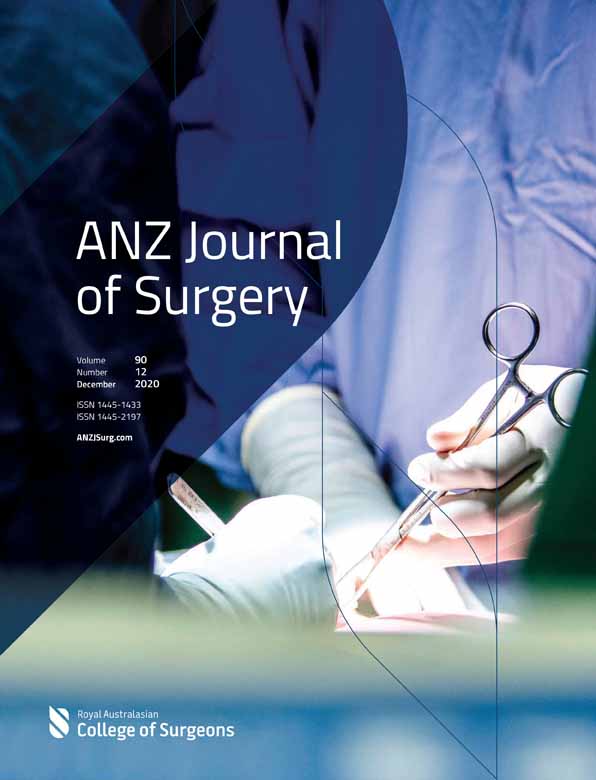Reconstruction of the aorto-iliac segment in occlusive disease using the AFX unibody graft
This work was presented at the 2019 LINC Asia-Pacific Annual Scientific congress, winning the LINC 2019 Poster Award for Original Research.
Abstract
Background
The endovascular era has evolved the treatment of aorto-iliac occlusive disease (AIOD). Many institutions now use minimally invasive techniques including kissing iliac stents and covered endovascular reconstruction of the aortic bifurcation. These negate the high morbidity of open surgical reconstruction but do not allow for a crossover approach to treat infra-inguinal disease. The AFX stent does both by anatomically reconstructing the bifurcation in AIOD despite being marketed for aneurysmal aortic disease. This large, single-centre case series assesses the outcomes of treatment of AIOD using the AFX stent.
Methods
Patients with AIOD who presented to our institution between September 2016 and August 2018 were considered for AFX stenting if kissing iliac stents extending into the aorta or aortobifemoral bypass was required. Patient, treatment and outcome data were recorded with a primary outcome of primary patency at 12 months.
Results
AFX stenting was performed in 29 patients, with an average age of 69 years, 52% (15/29) patients had critical limb ischaemia. Technical success occurred in 100% of patients with clinical success in 96% (28/29). There were no cases of 30 day and 3 (10%) cases of 12 month mortality, 2 (7%) major and 7 (24%) minor complications arose. Median length of stay was 3 days. Primary patency at 12 months was 100% (n = 24).
Conclusion
AFX stenting is a safe with satisfactory early results for the treatment of AIOD. The minimally invasive technique and preservation of cross-over approach makes AFX stenting a considered option for the treatment of AIOD.
Conflicts of interest
None declared.




